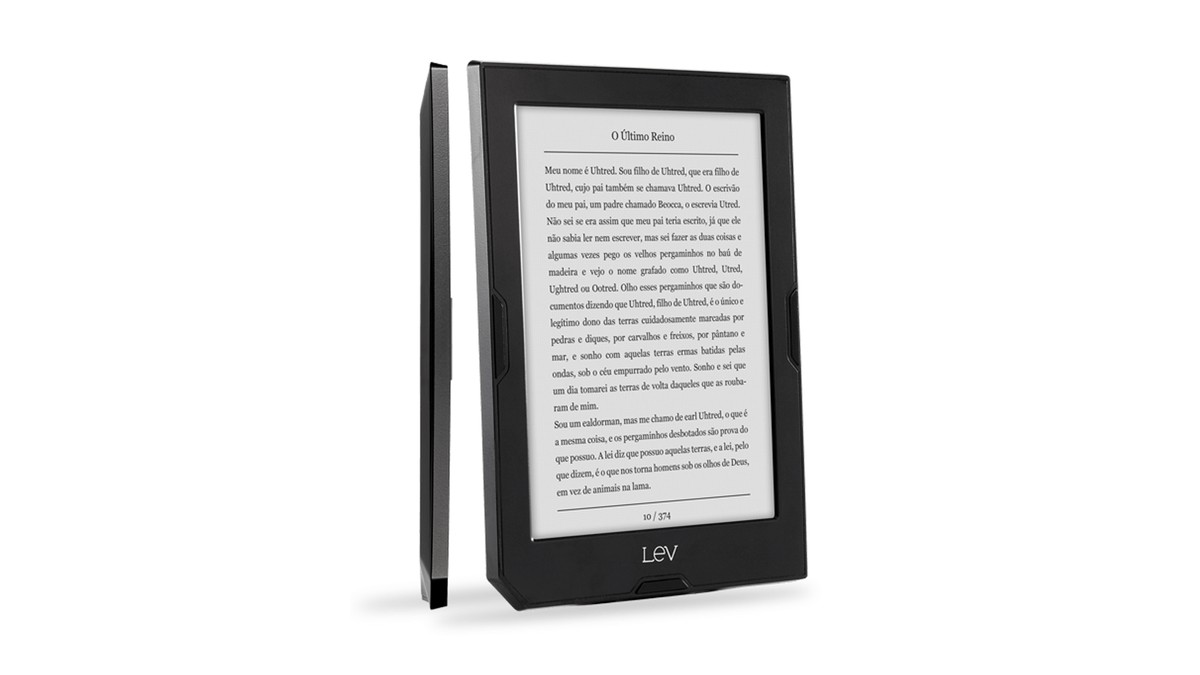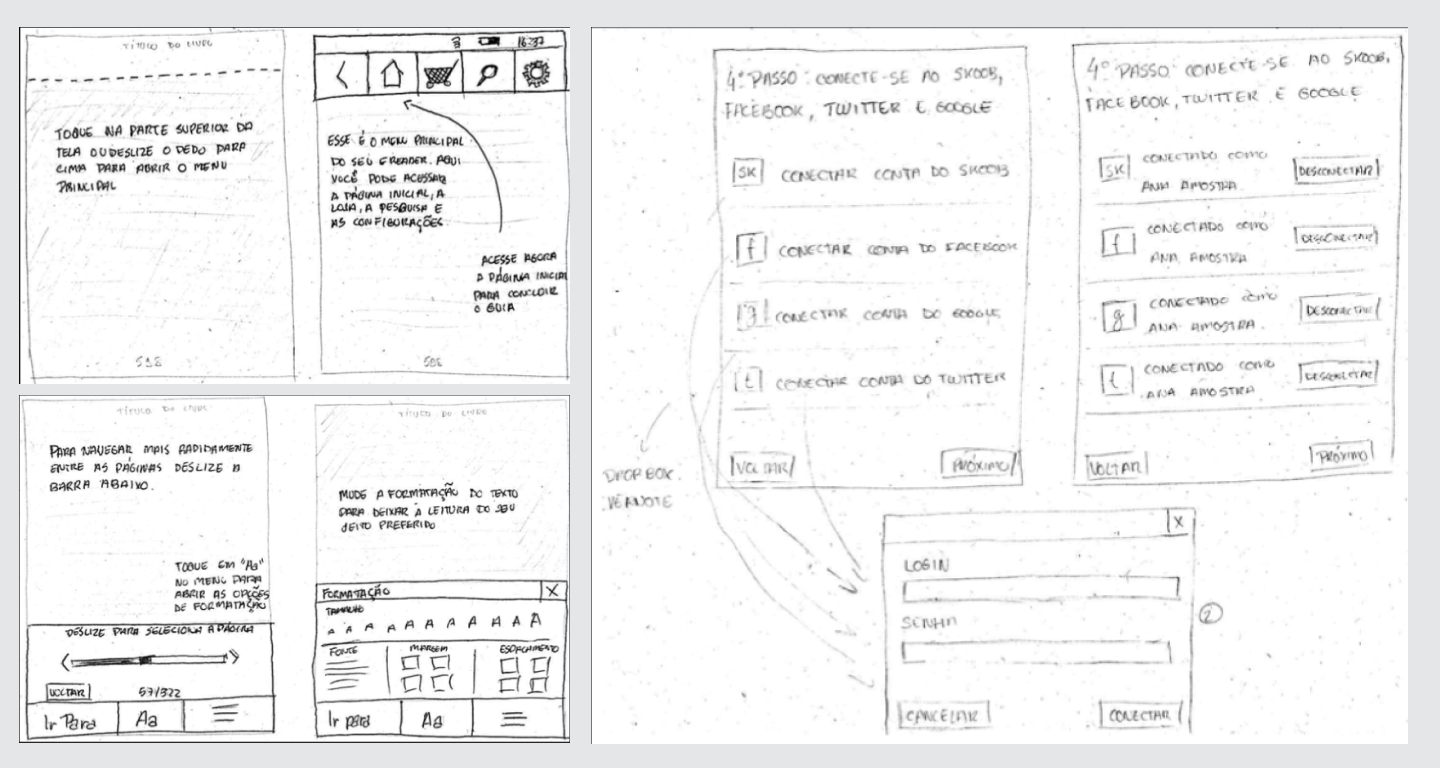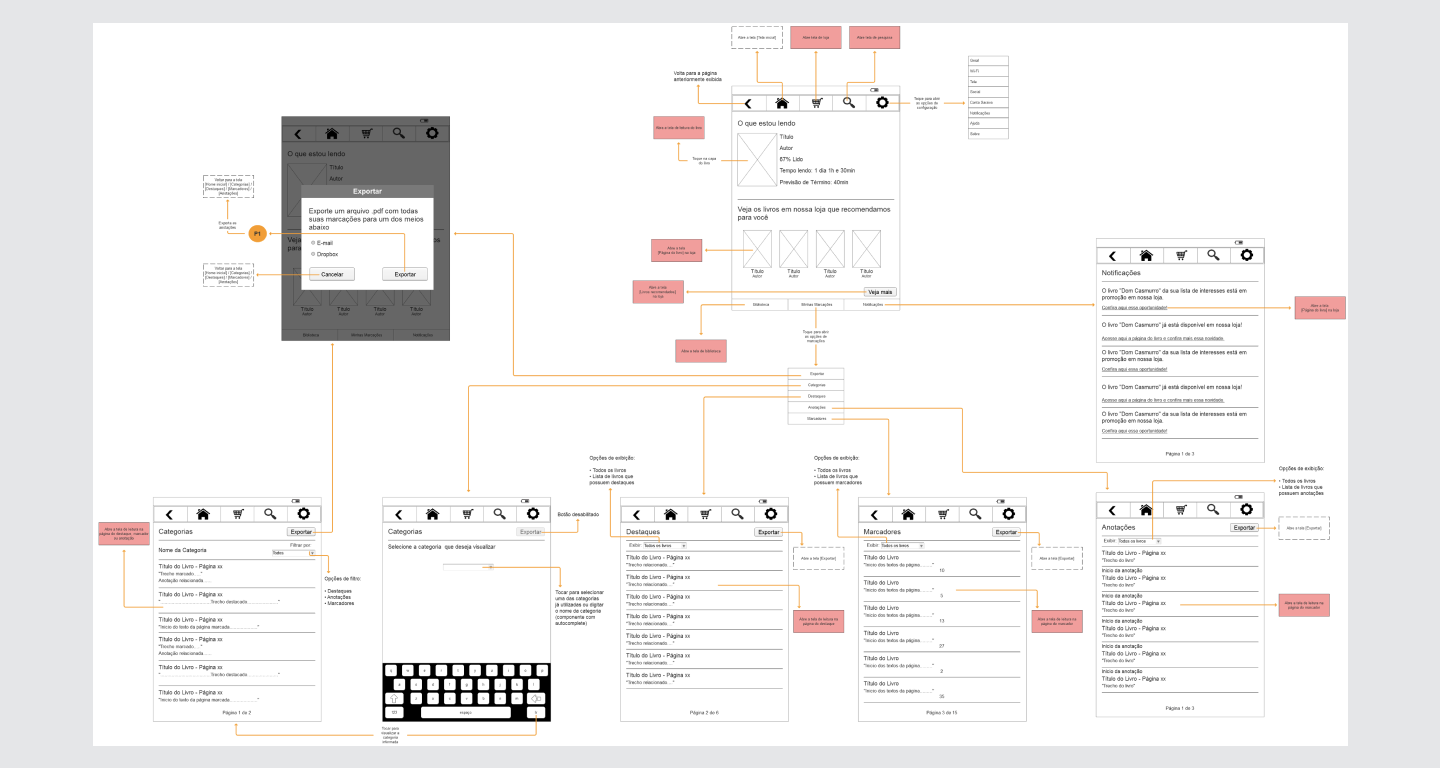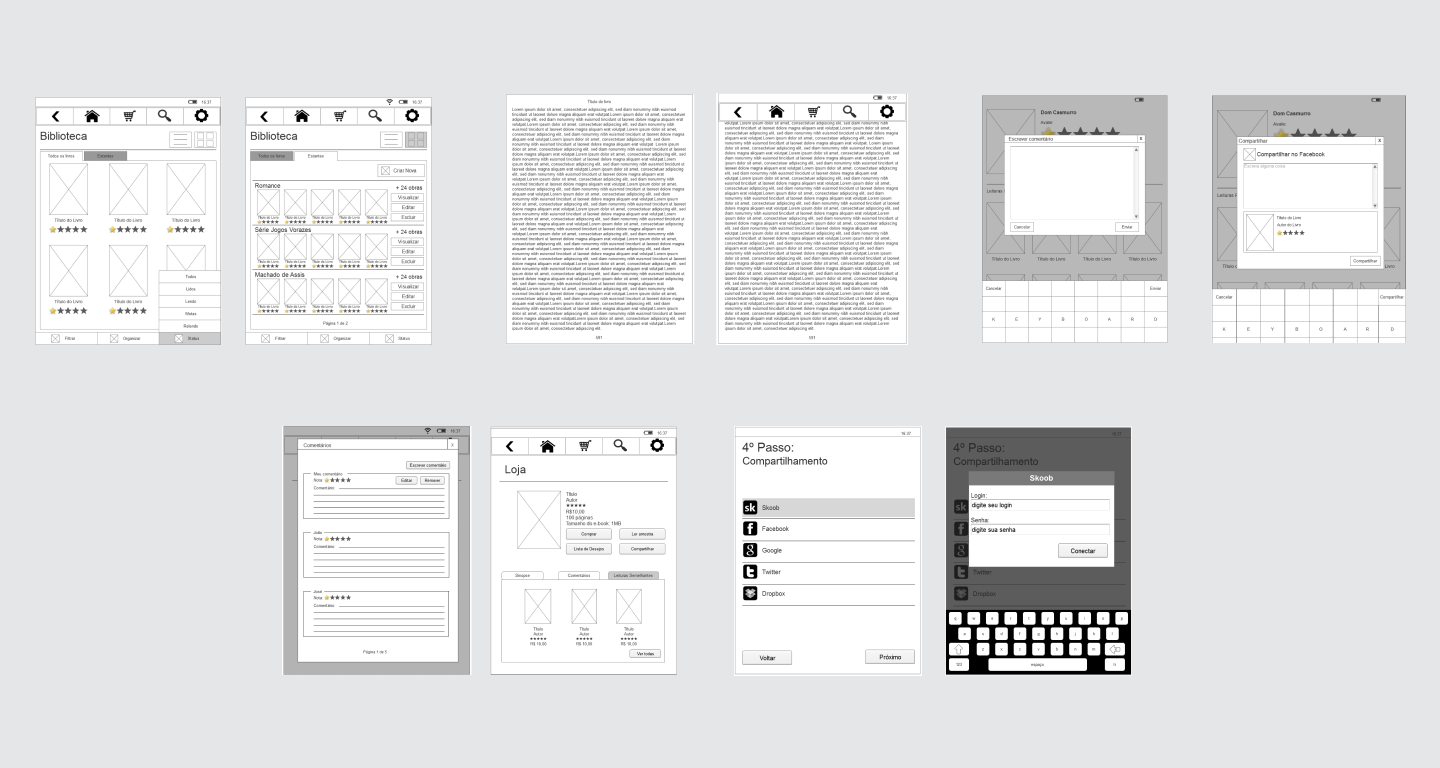Lev
Building Brazil's first e-reader

briefing
Saraiva, a leading Brazilian bookstore, aimed to introduce the LEV e-reader to compete in a market dominated by global players like Amazon and Barnes & Noble. While the hardware was based on a French design by Bookeen and manufactured in China, the software needed to be tailored to Brazilian users' preferences and reading habits. The primary objective was to create a user-centric digital reading experience that resonated with the local audience.
Solution
A comprehensive user research initiative was undertaken to identify the needs and expectations of Brazilian readers. This included understanding desired features, user workflows, interface aesthetics, and localization requirements. In addition to the research, initial prototypes were developed to provide the development team with a foundational design, encompassing feature lists, user journeys, paper sketches, and low to medium-fidelity prototypes.
the
approach
The project began with a clear goal: to ensure the e-reader interface was intuitive, efficient, and tailored to Brazilian users. To achieve this, a user testing plan was created to evaluate key features and overall usability. The design team conducted in-depth research to identify the most valuable differentiators from global competitors—such as end-of-book screens, thumbnail navigation, annotation tools, personalized reading suggestions, and customizable pagination styles.
A diverse group of participants aged 18 to 65 was recruited and categorized into three user types: classic readers, existing e-reader users, and professional readers. Each participant completed a short interview to share their reading habits and preferences, followed by a series of guided tasks designed to simulate real-world use cases, from navigating the library to managing highlights and bookmarks. These insights shaped the direction of the interface, leading to sketches, wireframes, and prototypes that addressed both user expectations and the technical limitations of the device.
Rough sketches and a navigational maps containing some workflows
The
Outcome
The LEV e-reader launched successfully, selling over 30,000 units in Brazil and establishing Saraiva as a viable competitor in the national e-reader market. The user-centered design approach ensured that the product resonated with local readers through a seamless and culturally relevant experience. Features such as localized navigation, intuitive annotation tools, and personalized reading recommendations helped differentiate LEV from imported alternatives. The usability testing and iterative design process led to an interface that felt familiar yet innovative, reducing barriers for first-time e-reader users while offering enough depth for avid readers. Beyond just hardware, the project positioned Saraiva as a forward-thinking digital publisher, reinforcing its brand identity and broadening its product ecosystem.
Wireframes for some of the screens
Lessons Learned
This was a research project done in conjunction with another designer. The overall effort, including the research phase and prototyping, was done in about 6 months.
The Lev e-reader was launched in 2014 in Brazil and remained in the market until 2020 with two additional versions: Lev Fit, an entry model with a lower resolution (800 x600px) and no display lights and the Lev Neo, with HD resolution and reading lights.
The full report can be found in Portuguese.




